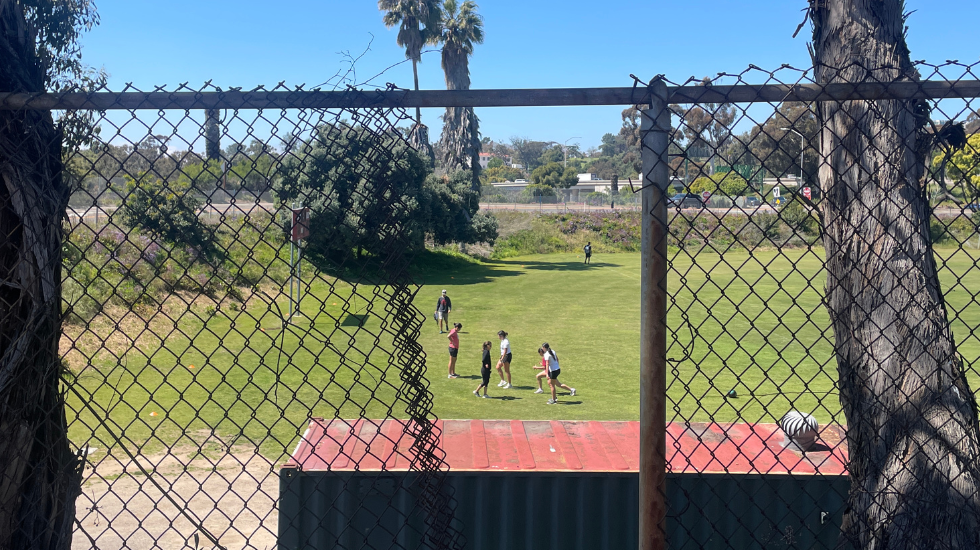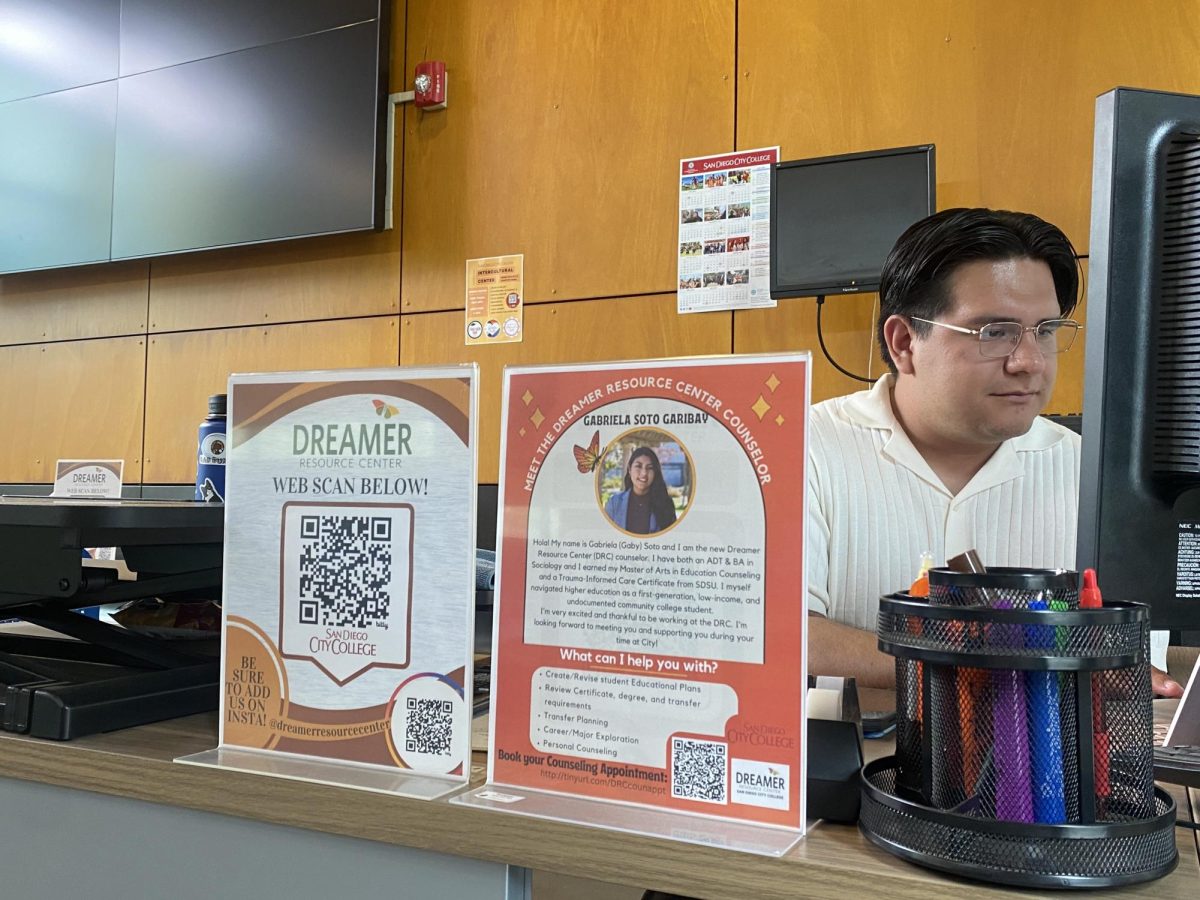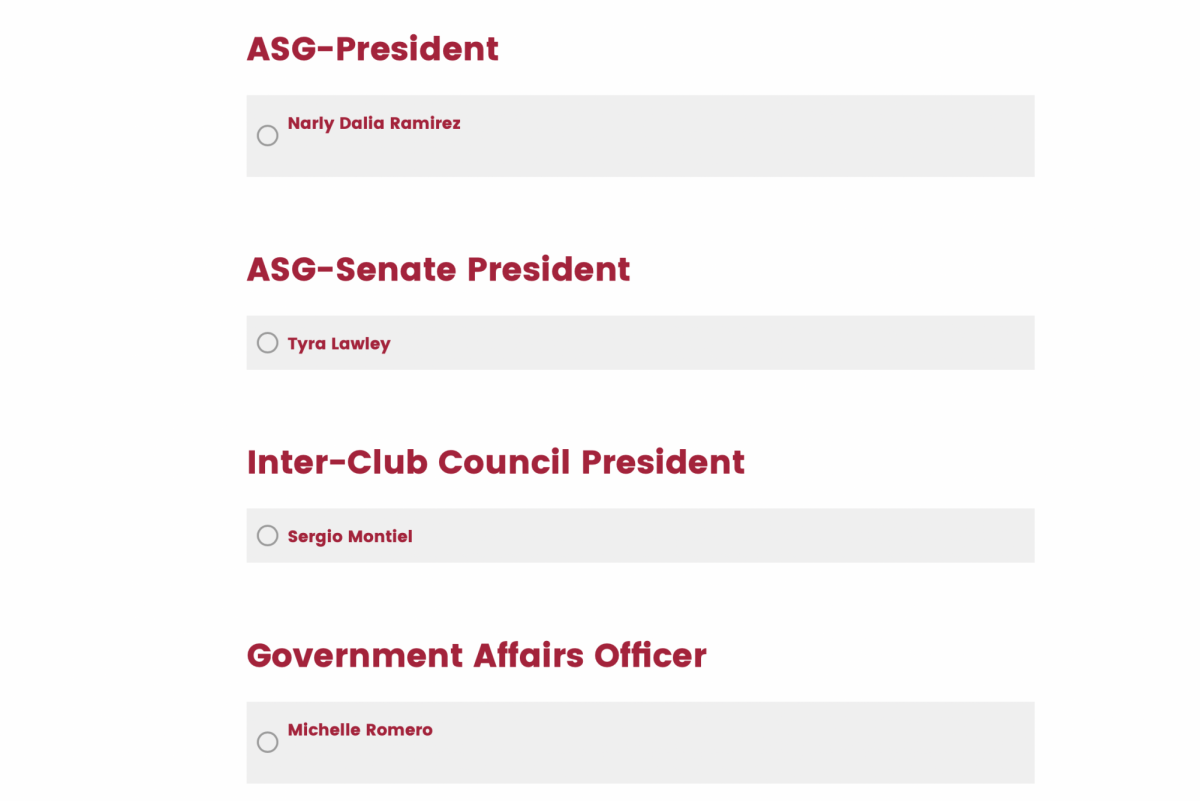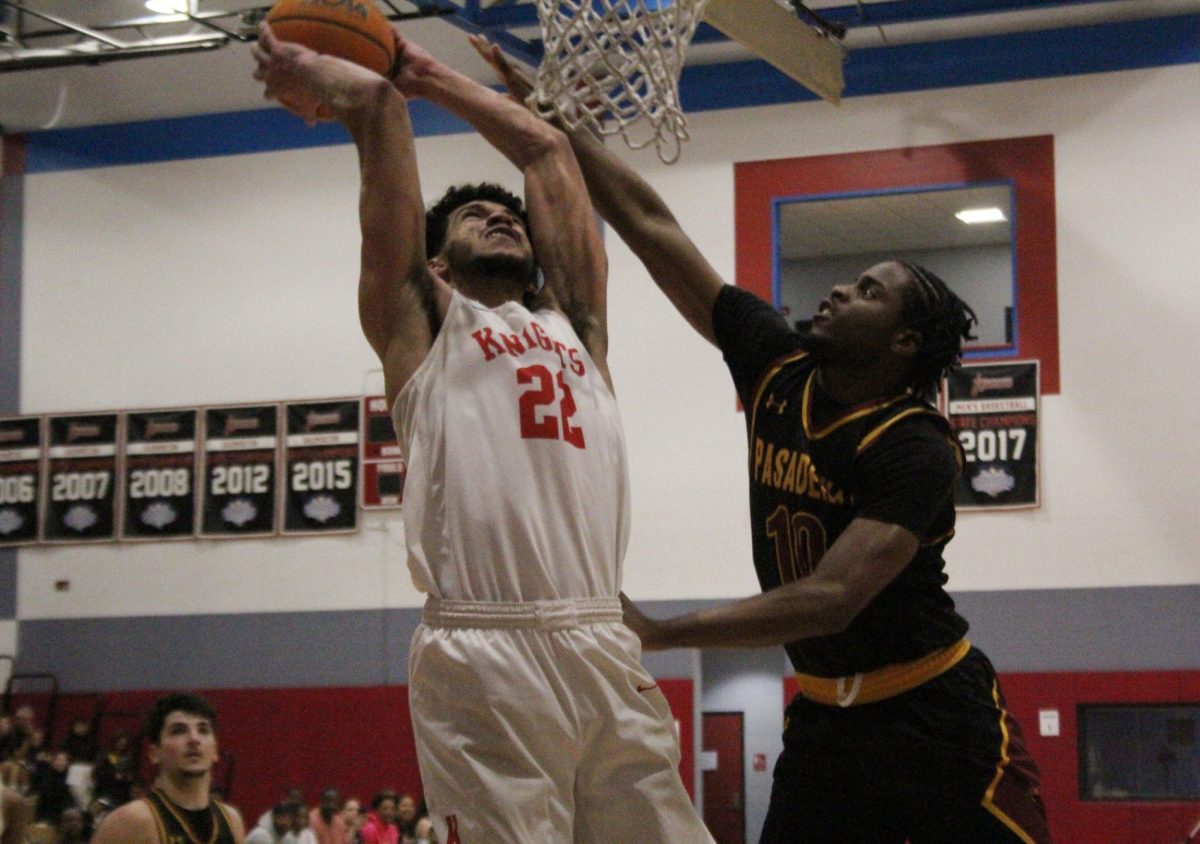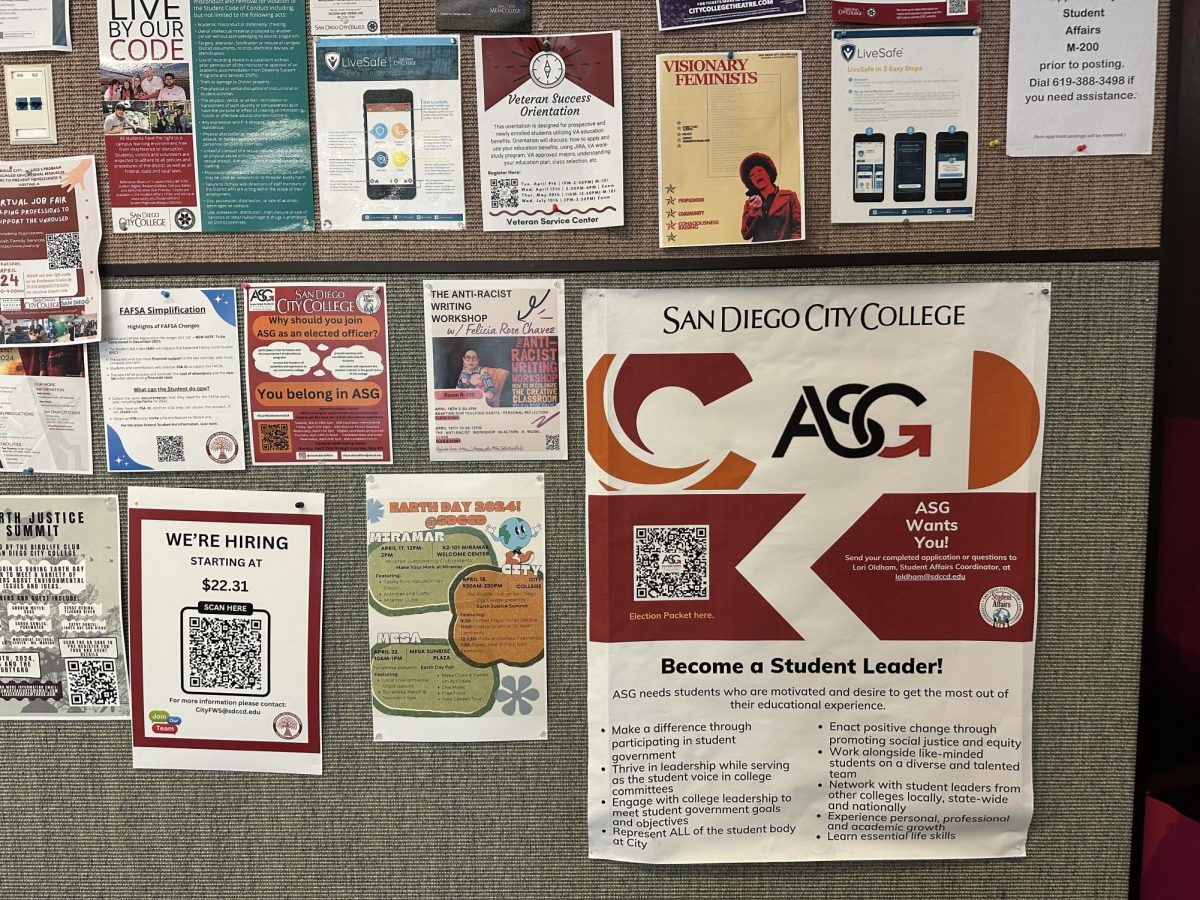Michele Suthers
City Times
Effective notetaking is essential for successful test taking, writing papers and raising and maintaining students’ GPAs.
Listening is a key element in notetaking however.
Statistical research indicates that students can recall only 50% of what they hear and in fact, 20-30 percent of this is inaccurate.
Fortunately, there are ways to improve listening habits and, in addition, there are sophisticated and varied notetaking techniques available for free online.
Two helpful sites to search are dartmouth.edu and calpoly.edu.
Students should be prepared for listening and notetaking by getting a good night’s sleep, bringing paper, pens, even highlighters to class and don’t forget the coffee.
Students are responsible for listening and resisting the temptation to drift or tune out of information that might not be understood.
Try to listen to speakers patterns and ways of organizing lecture and listen for the main ideas and facts that the instructor is trying to define.
There are several methods of notetaking, most found online.
It is optimal to have at least one notetaking buddy for back-up and to pool specific notes and facts.
Studies show that one’s recall is highest right after a lecture and rapidly declines within a half hour of leaving the class.
Specifically, The Cornell Method of Notetaking suggests that students incorporate the five Rs, which are: Record, Reduce, Recite, Reflect and Review.
A condensed and similar version for busy students would include, review, recite and reflect.
Notetaking allows the reader to recognize main ideas and to understand the organization of notes.
Some students use their own version of shorthand, different colors of pens, small drawings and doodles and columns, drawing a line down the middle of the page and writing notes taken in class on one side and adding notes from the textbook on the other side.
Studies show that 97 percent of students who write notes instead of printing them out from a laptop, are more likely to remember them.
Rewriting notes to flashcards, further commits facts to memory.
Even more, reciting notes and facts out loud helps commit information to memory. Committing facts and figures to memory saves time for students when writing papers and studying for tests.
When reviewing notes, students should take small breaks, relax and imagine that 4.0 GPA.

